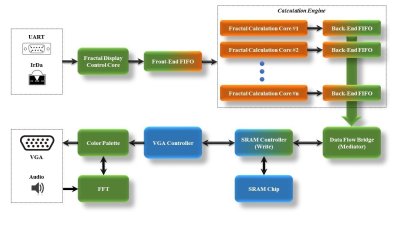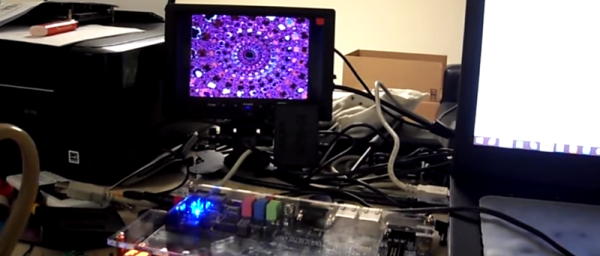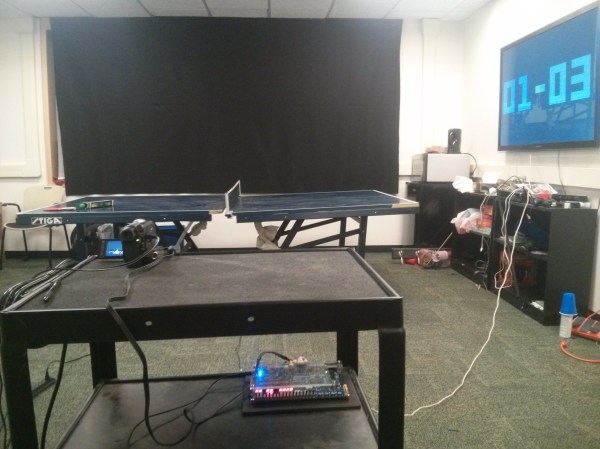Back in 2012, [tmbinc] discovered a neat little undocumented feature in the Xilinx ISE: the ability to use TCP/IP instead of JTAG cables. [tmbinc] was working on an Open Hardware USB analyzer and discovered the nearly undocumented Xilinx Virtual Cable, a single ‘shift’ command that opens up a TCP connection and sends JTAG data out to another computer on the network. It’s extraordinarily useful, [tmbinc] wrote a daemon for this tool, and everything was right with the world.
Yesterday, [tmbinc] discovered the Xilinx Virtual Cable again, this time in one of Xilinx’s Github repos. The code was extraordinarily familiar, and looking closer at a few of the revisions, he saw it was very similar to code he had written three years ago.
The offending revision in the Xilinx repo is nearly identical to [tmbinc]’s Xilinx Virtual Cable Driver daemon. Variable names are the same, the variables are declared in the same order, and apart from whitespace, code conventions are the same. This is not to say someone at Xilinx stole code from [tmbinc], but if this were a computer science lab, there would be an academic disciplinary hearing. What’s worse, Xilinx plastered their copyright notice at the top of the code.
In an issue [tmbinc] raised, he said he was flattered, but clarified that his code was developed entirely from scratch. He believes the Xilinx code was derived from his own code written three years ago. Since [tmbinc]’s code was uploaded without a license, it defaulted to All Rights Reserved. This does not bode well for the Xilinx legal department.
In any event, you really, really have to wonder what Xilinx’s internal documentation looks like if a random person on the Internet can discover a barely-documented protocol, write a daemon, put it on the Internet, and have someone at Xilinx use that code.
Thanks to the anonymous tipster for sending this into the Hackaday tip jar.
 On the FPGA, a custom calculation engine, running at up to 150 MHz, does the math to generate the fractal. A Fast Fourier transform decomposes the audio input into frequencies, which are used to control the colors of the output image.
On the FPGA, a custom calculation engine, running at up to 150 MHz, does the math to generate the fractal. A Fast Fourier transform decomposes the audio input into frequencies, which are used to control the colors of the output image.

















